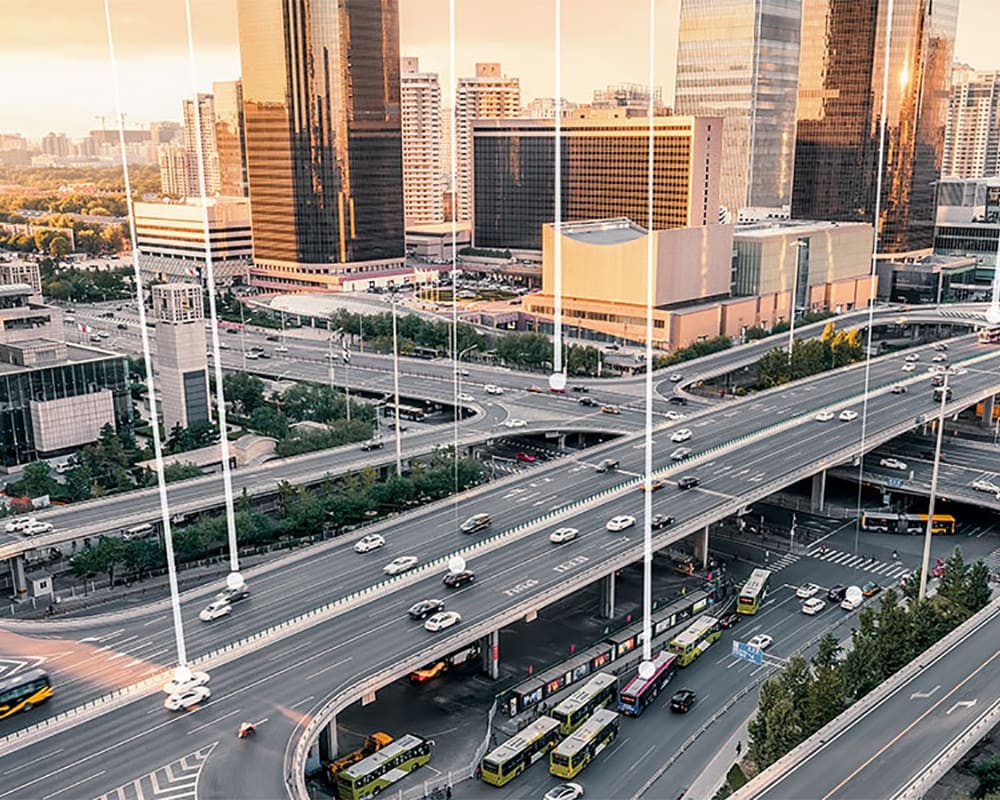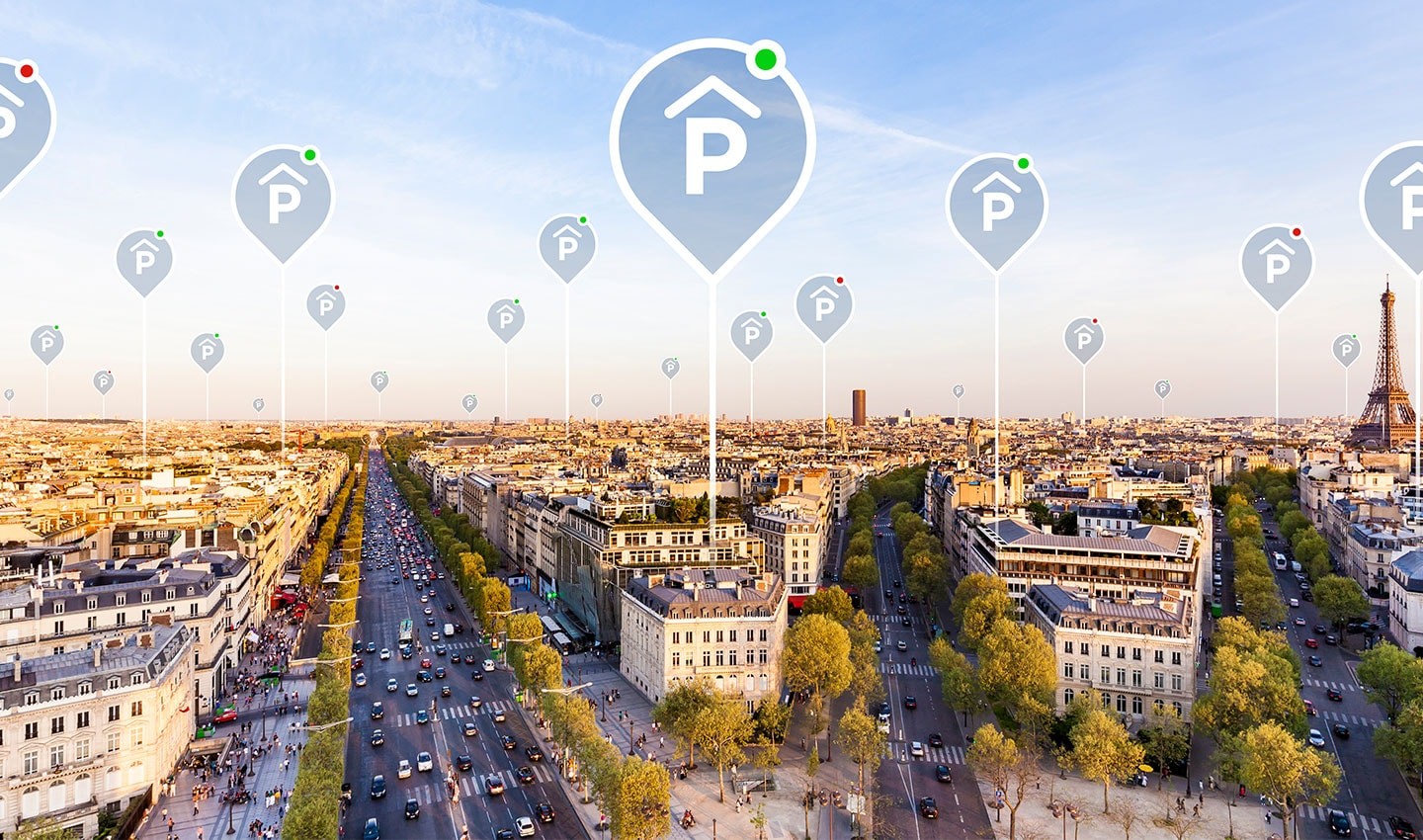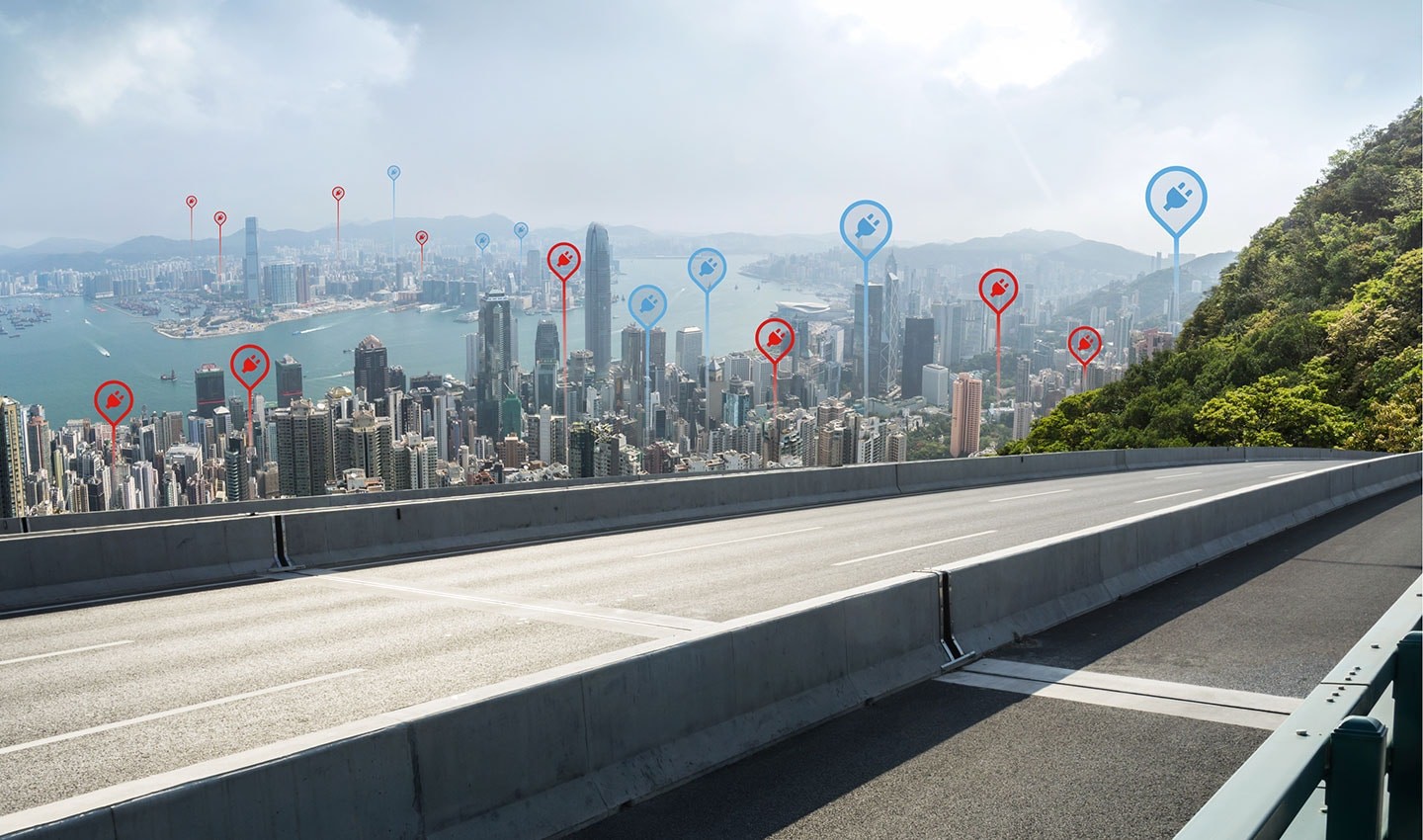The future of mobility is connected
&w=256&q=90)

We live in a fast-moving world where technology moves at an exponential pace. As consumers and businesses, we have two choices: either to be silent observers of these changes or use them for our benefit. For the mobility industry, this change is called the connected car.
But what value can the connected car bring to your life and to your business? And how long will you wait to embrace it?
What is the connected car?
The connected car is the collection of data from the vehicle, the processing of it and the building of applications around it. At the same time, this two-way connectivity can be used to send data and information back to the car. Part of the wider shift is the potential of Internet of Things (IoT) to improve the way we live, work and play.
At its heart is the ability to collect data about, and from, the vehicle and share that with other devices in and around it. This can include the vehicle’s GPS location, information about how it is driven, such as speed and acceleration, the engine and sensors in the vehicle measuring the status of temperature, brakes, oil level, battery, and more.
When it comes to sending information back to the car, the connection can be used to send real-time data about traffic, speed cameras, weather, fuel price, hazards or the availability of parking and EV charging points.
It is the very nature of a two-way connection that allows for content updates in the car, such as to the infotainment software or maps. It can also be used for making transactions – ordering, reserving and booking, for example – from in-vehicle commerce applications.
Changing expectations
The world around us is becoming more connected and we expect this from our cars as well.
At the same time, we see trends in mobility that are changing.
Owning a car is no longer the standard – especially not for the younger generations. The use of ride sharing, taking an Uber or swapping a bike are becoming a normal way of getting around.
Towards a new mobility model
Large corporations are already anticipating this trend. For example, fleet managers who were only looking after company cars are now becoming responsible for the total mobility landscape that includes travel, taxi and public transport. For them it makes total sense from an operational efficiency perspective. Why hire a rental car when on business travel and leave it in front of a remote office for three days when Uber is available?
HR managers are looking at the same trend from a different angle. Nowadays an ISO14001 certification for a company not only identifies it as environmentally responsible but also allows businesses to get contracts with corporations and governments more easily.
After an office building, the fleet is normally the second largest source of CO2 emission for a company. Working to make fleets greener for the ISO14001 certification is one thing, but it also helps to be more attractive for employees. However, the HR manager can only provide mobility budgets when the car is connected so that data from rider sharing apps becomes available.
The benefits of the connected car
All these developments need information, derived from car data and real-time connectivity, brought together in platforms that can normalize it and easy user interfaces to consume the end results.
This is where the connected car comes in.
Using this data, applications can be developed to deliver a range of benefits to drivers, owners and to the industry that serves them. These include everything from enhanced audio entertainment, smartphone apps and navigation, to roadside assistance, contextual help or offers (e.g. automatic fuel promotion alerts when your tank is nearly empty from a nearby petrol station, or automatic payment at a fast food drive-in), parking apps and vehicle diagnostics.
Companies like Microsoft and Webfleet Solutions have platforms that already allow for such third-party application development of new mobility services.
Parking
A crucial part of the way we experience navigation is knowing we can park our car as near to our destination as possible. To do this, we must first ensure we can find suitable parking options near that place.
However, the fact that there is a parking spot in a certain area does not mean it will be available when the time comes to park. Knowing the availability status of a parking spot ahead of time does not only help relieve stress for the driver, but also reduce the emissions that would have been generated while driving around in search of a free parking spot. To put this into perspective, the Telegraph reports that, at its peak, nearly one third of traffic congestion is a result of people searching for parking.
“Source:
The Telegraph
Tackling the first part – finding parking spots – could simply be a matter of relying on static offline information. However, knowing which spots are free requires connectivity.
Is there still space in the parking garage just when I’m about to arrive?
To answer this question, you would need to rely on real-time parking information. The good news is that this technology is available today. As soon as service providers enable this service, you will even be able to book a spot in advance – and never be late for your meeting (or date) again because of going three times around the block to find a free parking spot.
On-street parking and payments
After finding a parking spot on the street, it might be that you have to pay for the time you use it. One way to simplify this process is to use connectivity to automatically make the payment. Instead of checking your pockets for change, your connected car could already start the process using several data sources in the car.
Here is how it would look like. The car GPS signal could detect when there is no movement, as well as identify the payment area it is in. The connected car would also know when the engine is off, windows are closed, parking brake is on and doors are locked. Putting these pieces of information together would lead to knowing whether the car is parked or not.
Doing this process automatically saves time and reduces the risk of a fine. There is more, however.
If you are like me, you sometimes forget to cancel your parking session before starting to drive again. In a connected car, this cancellation would also take place on its own once the engine is on, the car starts moving and it leaves the parking payment area.

Being in a connected car can give you access to real-time parking availability information.
Electric driving
Another big trend that can only become successful with connectivity is electric driving. As battery capacity and fast charging are still in their inception, range anxiety is the first challenge electric vehicle (EV) drivers will encounter. Worrying about having enough power to reach a destination or whether a charging point will be available or not upon arrival is a real struggle standing in the way of widespread EV adoption.
The connected car can alleviate some of these problems.
To be able to calculate reachable range, a number of factors come into play: battery status, road elevation and current weather conditions, to name a few. A connected car can provide some of the information required to do this complex calculation, but can also process it in the cloud, where it is done much faster than in the car, where the processing power is limited.
Moreover, if a car cannot reach its destination on one charge only, connectivity can help the driver understand where the nearest charging points are along the route, as well as which are available and can be pre-booked. A connected car can even make the payment.

Knowing which EV charging points are available near you is easy in a connected car.
Autonomous driving
For a safe and comfortable journey, a self-driving car needs to base its decisions on the most recent road information. It starts with using a highly detailed map – the HD Map – that contains centimetre-level accurate information to help the vehicle position itself on the road, perceives the world around it and plans its path in advance.
Achieving this requires a rethinking of the traditional map update model, where a new map would be released every three months and updated via USB or an SD card. For an autonomous vehicle to drive safely, it should use maps that know the latest changes to the road network – whether a new roundabout or lane configuration.
For this reason, TomTom HD Maps are delivered to the car over the air, every time a route is planned. The cloud always has the most recent road information, based on 600 million connected devices and other sources. When a sensor in a self-driving car spots a new limit or a road sign, connectivity ensures that this change is reported, processed in the cloud and streamed back to all connected cars on the road.
What the future holds
It is connected vehicle data that will ensure new developments in (C)-ITS, smarter logistics and smarter cities. Without the connected car, drivers will not see any new developments in mobility.
TomTom’s partnerships with automotive and cloud technology providers allow for the creation of new applications based on in-depth connected car data, always making privacy a priority.
TomTom’s connected services give road users access to the most relevant and real-time information, from traffic to parking, speed cameras or information tailored specifically for electric vehicles.
Want to learn more?
Discover how our traffic and travel information keeps drivers informed and helps them get where they’re going without worry.
People also read
)
Behind the map: how we keep our maps up to date
)
Measuring road traffic density: what you need to know
* Required field. By submitting your contact details to TomTom, you agree that we can contact you about marketing offers, newsletters, or to invite you to webinars and events. We could further personalize the content that you receive via cookies. You can unsubscribe at any time by the link included in our emails. Review our privacy policy.